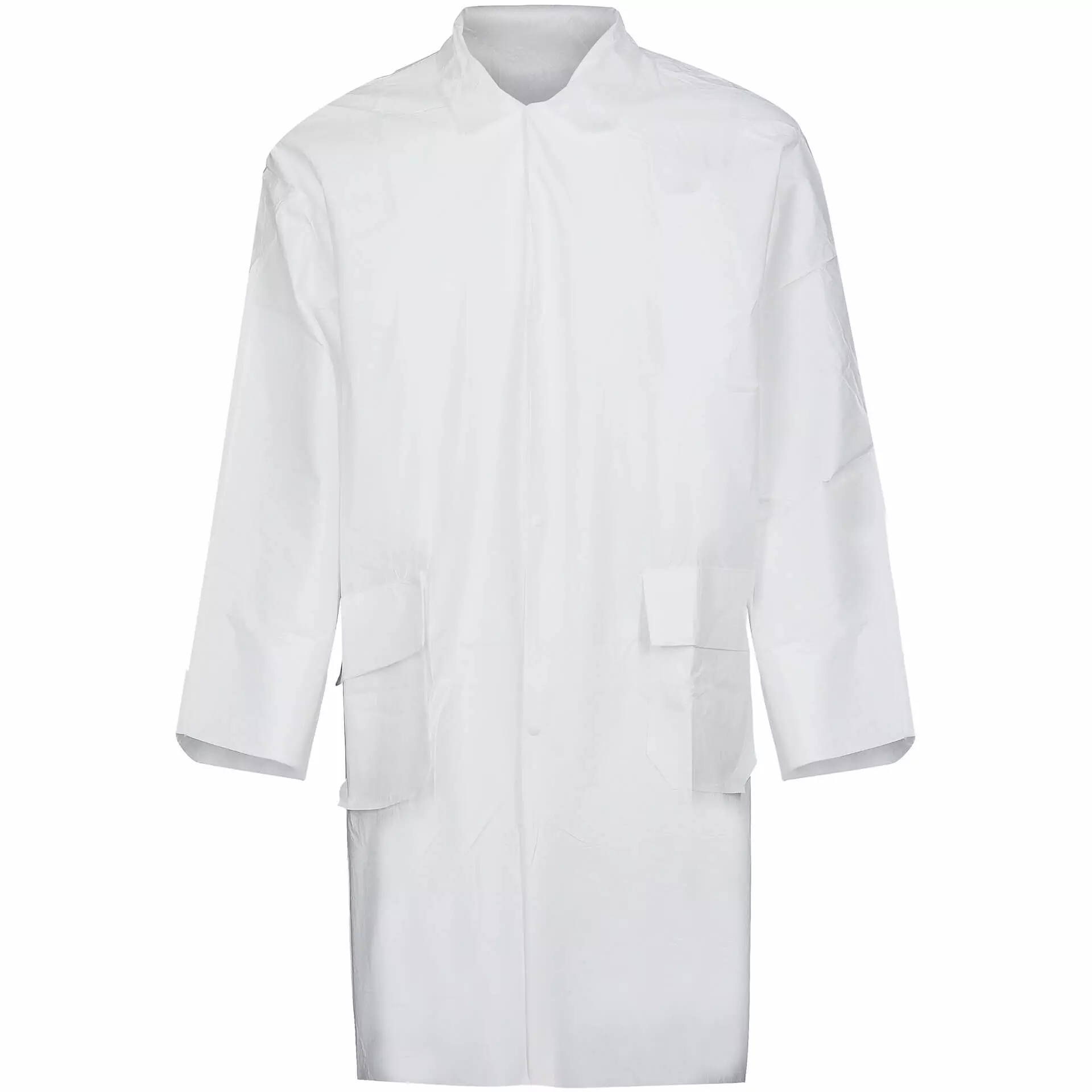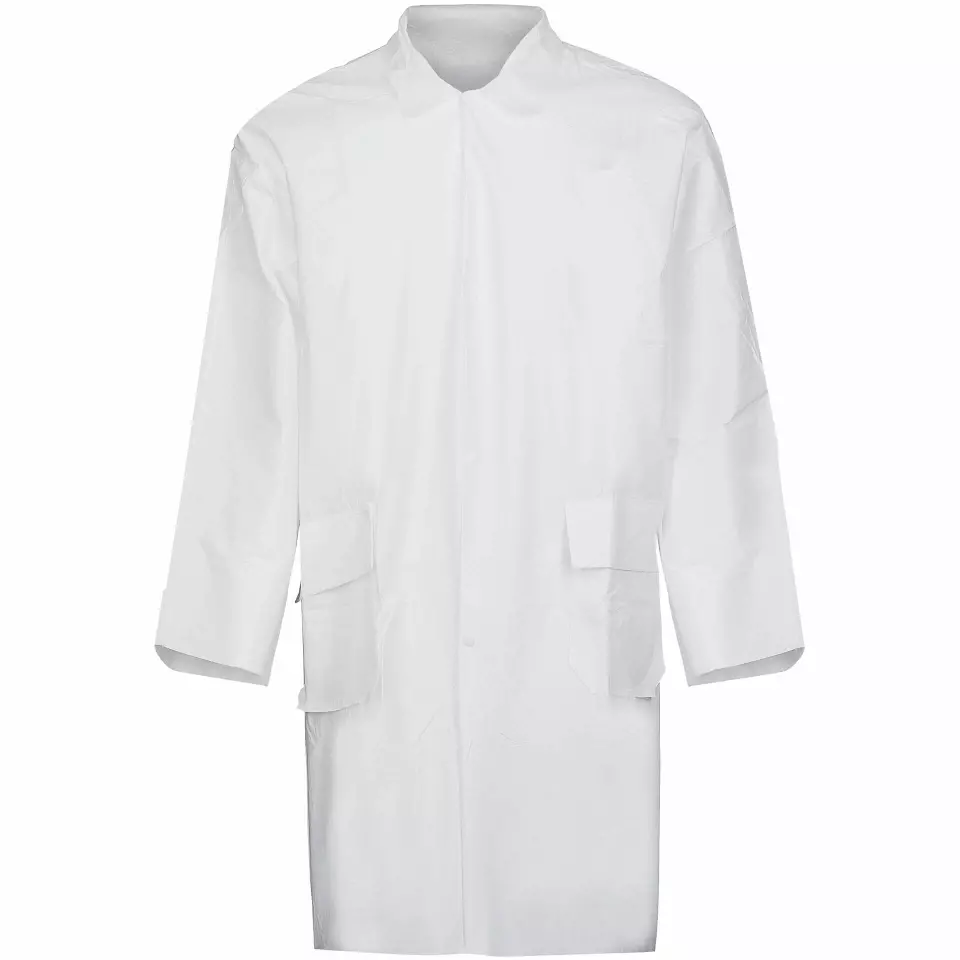
Features You'll Love

Material · Polypropylene (PP)
EN 1149-5 · Material Performance Tested
The fabric and construction materials used, determining durability, protection level, comfort, and suitability for specific work environments.
This garment's material is tested to reduce static electricity buildup. It helps prevent sparks that could cause a fire or explosion in certain work environments, keeping you safer around flammable materials or sensitive electronics.
Asatex
CoverStar® Coat CKI, 25 pieces
CoverStar® Coat CKI, 25 pieces
4.7 / 5
1 481,78 kr
Price per 25 pcs
59,27 kr / piece
Choose size
Free delivery
Features You'll Love

Material · Polypropylene (PP)
EN 1149-5 · Material Performance Tested
The fabric and construction materials used, determining durability, protection level, comfort, and suitability for specific work environments.
This garment's material is tested to reduce static electricity buildup. It helps prevent sparks that could cause a fire or explosion in certain work environments, keeping you safer around flammable materials or sensitive electronics.
Product description
The product description has not been specified